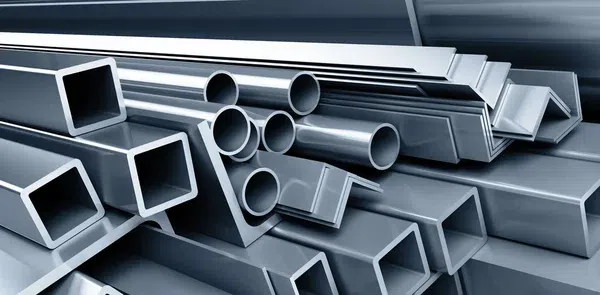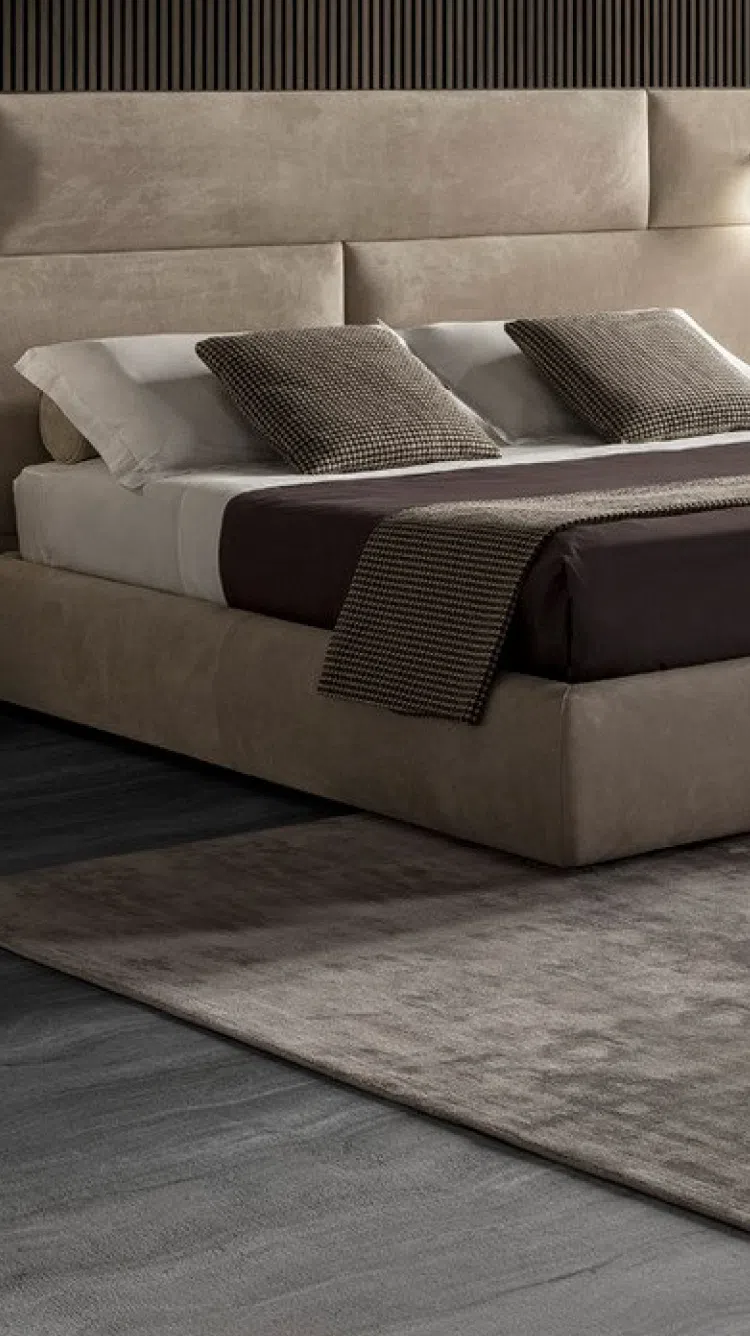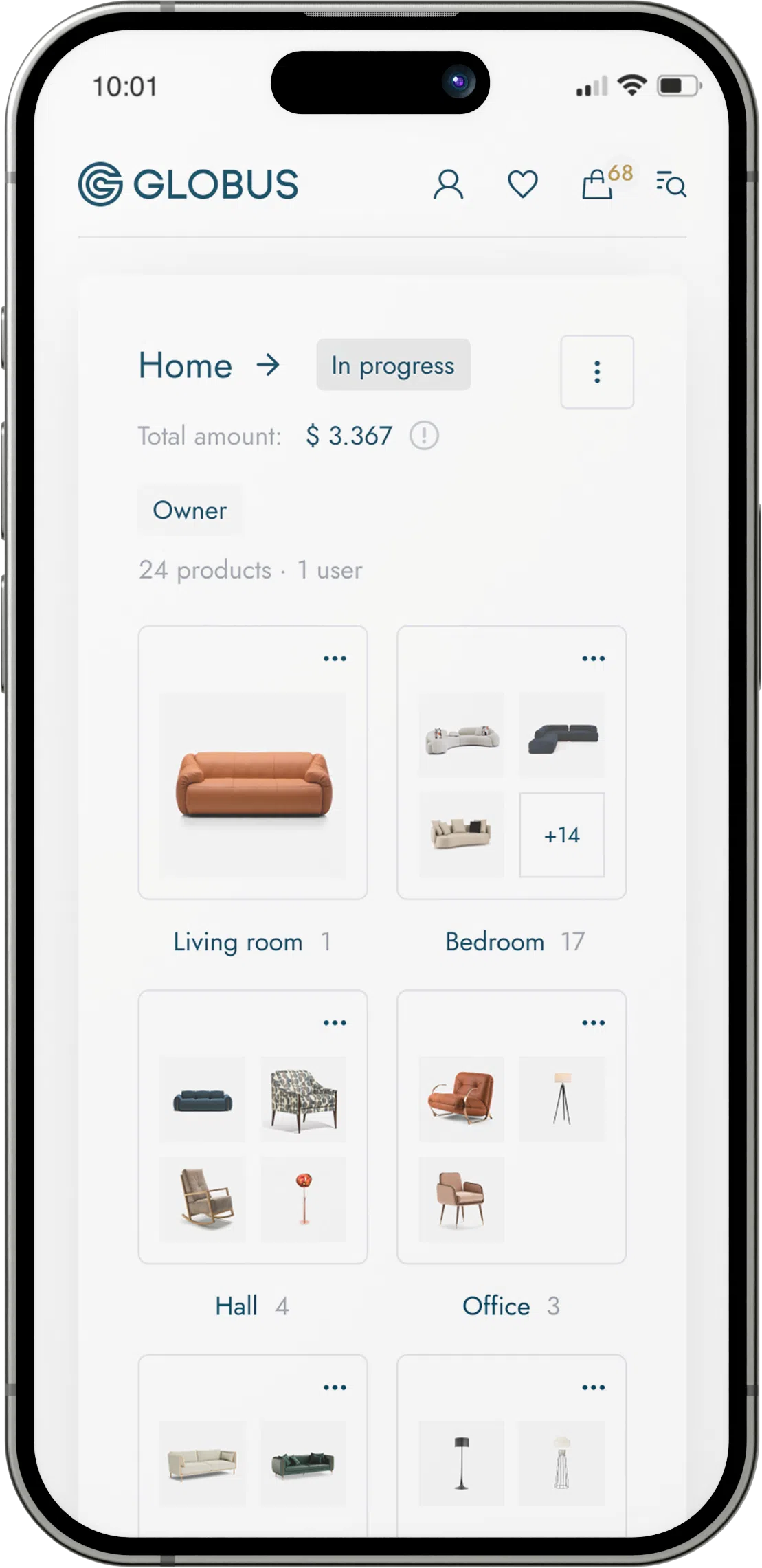
As a material used in furniture making, iron offers a range of desirable properties that provide strength, durability, and aesthetic qualities. When used in the context of furniture, iron is typically found in one of its processed forms, such as wrought iron, cast iron, or steel, each with unique characteristics suitable for different applications.
Here are the key features of iron as a furniture material:
Strength and Durability:
- High Strength: Iron is a very strong material, capable of supporting heavy loads without bending or breaking.
- Durability: Furniture made from iron is long-lasting and can withstand rough handling, which makes it very suitable for outdoor use or in high-traffic areas.
Wrought Iron:
- Malleability: Wrought iron is a form of iron that is very malleable when hot, but strong when cool. This property allows it to be forged by hand or machine into intricate designs, making it popular for ornamental pieces like garden benches, gates, and bed frames.
- Corrosion Resistance: Wrought iron is more corrosion resistant than ordinary carbon steel, though it is still prone to rust if not properly treated or painted.
Cast Iron:
- High Rigidity & Brittleness: Cast iron is strong but brittle. It cannot bend, and it may break under impact. It's often used for heavy, sturdy furniture pieces such as stove parts, garden benches, or certain types of legs and supports.
Intricate Designs: The casting process allows for intricate detailing and decorative motifs that are difficult to achieve with other forms of iron.
Steel:
- Alloy Strength: Steel, an alloy of iron with carbon and sometimes other elements, provides high strength and durability, making it a common choice for modern and industrial-style furniture.
- Versatility: Steel can be finished with a variety of coatings, such as powder coating or chrome plating, offering different looks and increased resistance to rust and corrosion.
Aesthetic Appeal:
- Visual Weight: Iron adds visual weight to furniture pieces, providing a sense of stability and permanence.
- Flexible Style: Depending on the finishing and design, iron can evoke rustic charm, industrial starkness, or even modern elegance.
- Patina: Iron can develop a distinctive patina over time, especially when exposed to the elements, which may be desirable in some design contexts for a vintage or authentic look.
Maintenance and Care:
- Rust Prevention: Iron needs to be painted, powder-coated, or otherwise sealed to prevent rust, especially if used outdoors.
- Regular Cleaning: Furniture should be cleaned with mild soap and water and dried thoroughly to avoid water spots and rust formation.
- Occasional Re-finishing: Over time, the protective finish may need to be reapplied to maintain its appearance and protective properties.
In summary, iron is a versatile and robust material, often used in furniture for its functional strength and potential for aesthetic diversity. The choice between its different forms—wrought, cast, or steel—depends on the specific requirements of the furniture application, including design preferences, structural needs, and exposure to the elements.


